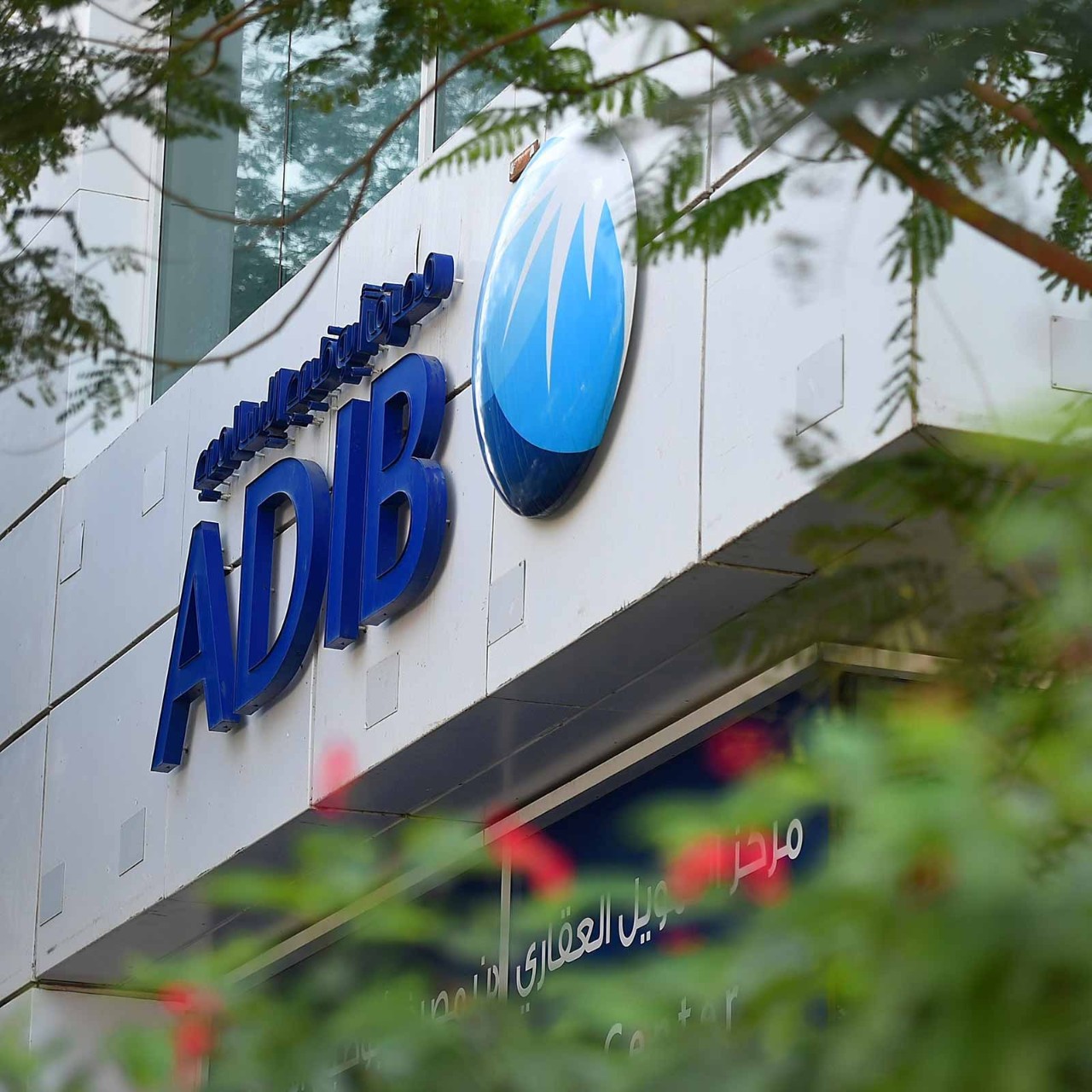
The need to economically diversify away from hydrocarbons has been hanging over the oil-rich Gulf states like a Sword of Damocles for decades. As Ahmed Zaki Yamani, the former Saudi Arabian oil minister who died in February, remarked in the ’70s: ‘The Stone Age did not end for lack of stone, and the oil age will end long before the world runs out of oil.’
With the six Gulf Cooperation Council (GCC) countries sitting on 29% of the world’s oil reserves, the region will not run out of black gold any time soon. But the clock is ticking for the GCC to diversify ASAP. More than 120 countries have set a target of net-zero carbon emissions by 2050; oil demand is on a downward curve.
Oil price volatility
Kuwait is dependent on oil for over 40% of its government revenues; Saudi Arabia and Oman for over 30%; and the United Arab Emirates (UAE) and Qatar for over 15% (over 50%, if liquefied natural gas is included), according to World Bank figures.
One reason why Gulf states have struggled to fully commit to diversification at a policy level has been the ups and downs of oil prices. When the price tag is low, state revenues plummet, and there is renewed vigour to diversify. When prices soar, diversification initiatives are put back in a drawer to gather dust.
Saudi Arabia has had nine five-year development plans since 1970, all intended to expand the non-oil economy. The latest plan, Vision 2030, was announced in 2016, following an oil price drop to under US$40 a barrel. Eight years earlier a barrel had been trading at more than US$140. UAE emirate Abu Dhabi, Qatar and Bahrain also have their respective Visions for 2030, Kuwait for 2035, and Oman for 2040.
The determination of GCC governments to follow through with diversification is now being tested, however. Oil has gone from US$36 a barrel in March 2020 to around US$70 in March 2021 – a boon for the Gulf.
But whereas diversification plans in the past could arguably be downplayed due to strong balance sheets, overall oil revenues as a share of GDP are still currently lower than before, and Covid-19 has hit economies hard. A big problem here is that the pandemic has thwacked sectors that GCC states were banking on as part of their diversification plans, particularly tourism, but also financial, logistics and trade services.

More than 120 countries have set a target of net-zero carbon emissions by 2050 – oil demand is on a downward curve
Job creation
The pandemic has accordingly given more impetus to diversification, but financing the transition will be tough. Moreover, convincing GCC citizens to opt for private sector jobs instead of well-paid, secure (and often unchallenging) public sector posts will be difficult. Given the region’s demographics – 40% of citizens (not ex-pats) are aged under 30, and by 2050, half will be under 36 years of age – there is immense pressure to create jobs.
The smaller Gulf states, particularly Qatar and the UAE, may be able to better handle the youth bulge given the smaller numbers of their citizens. It could be a lot tougher for Saudi Arabia, whose citizenry numbers have doubled since 1990, and with under-30s (many of them unemployed university graduates) making up two-thirds of Saudi nationals.
Regardless, no Gulf state can really afford to kick the diversification can down the road. Indeed, as governments globally figure out how to jump-start economies post-pandemic, the Gulf states need to treat this as an opportunity to double-down on diversification efforts.





